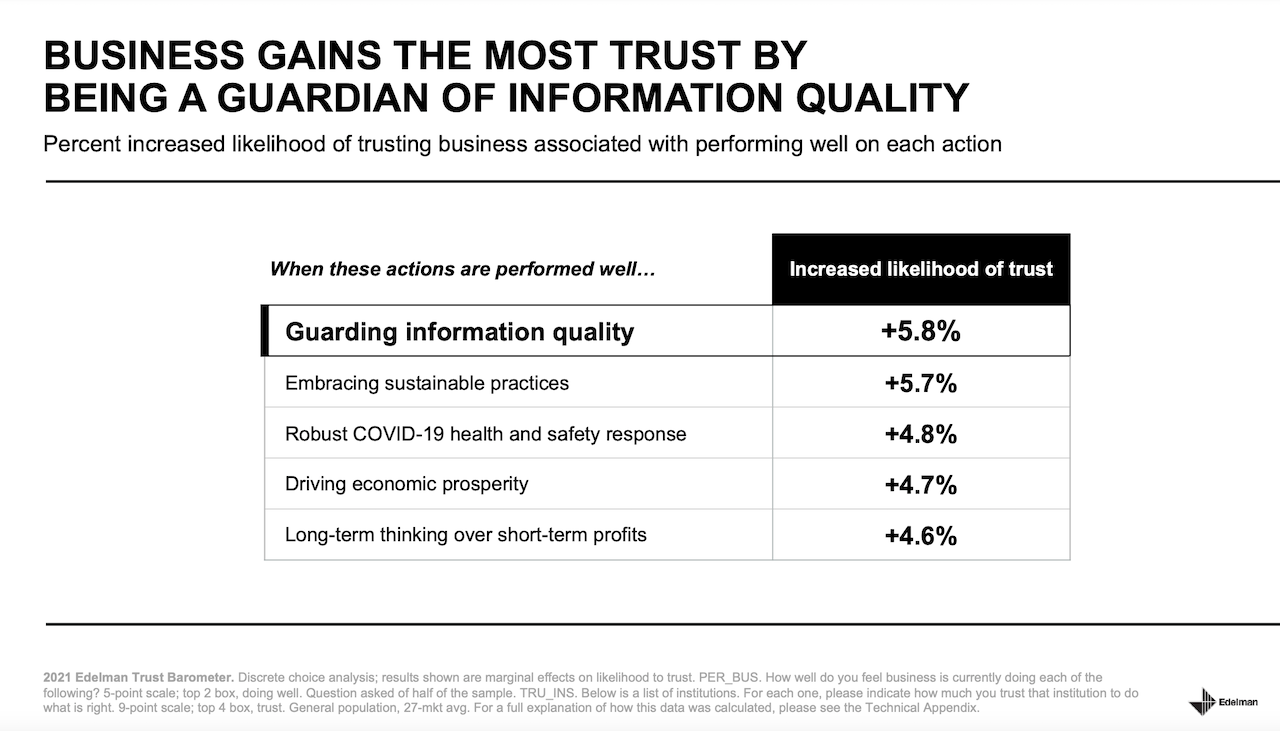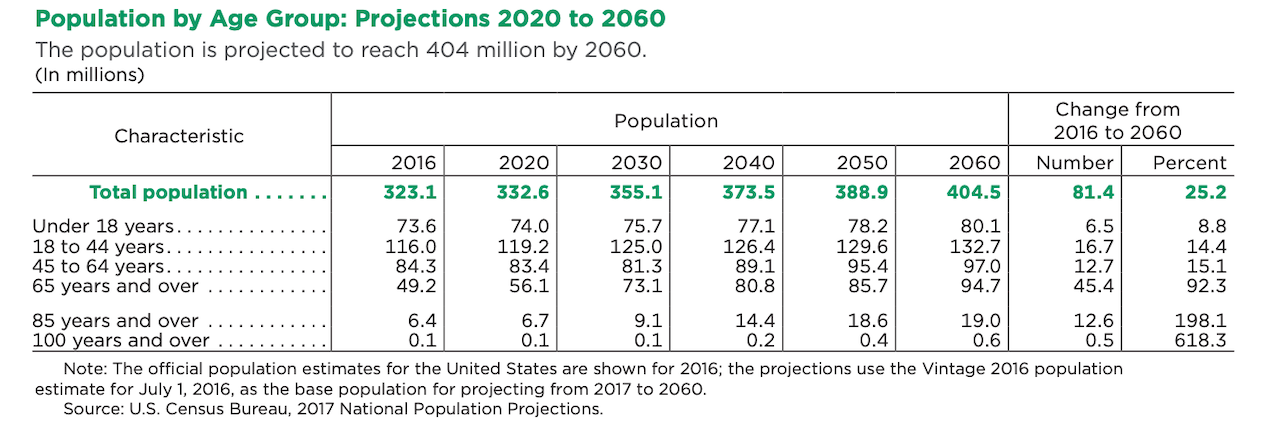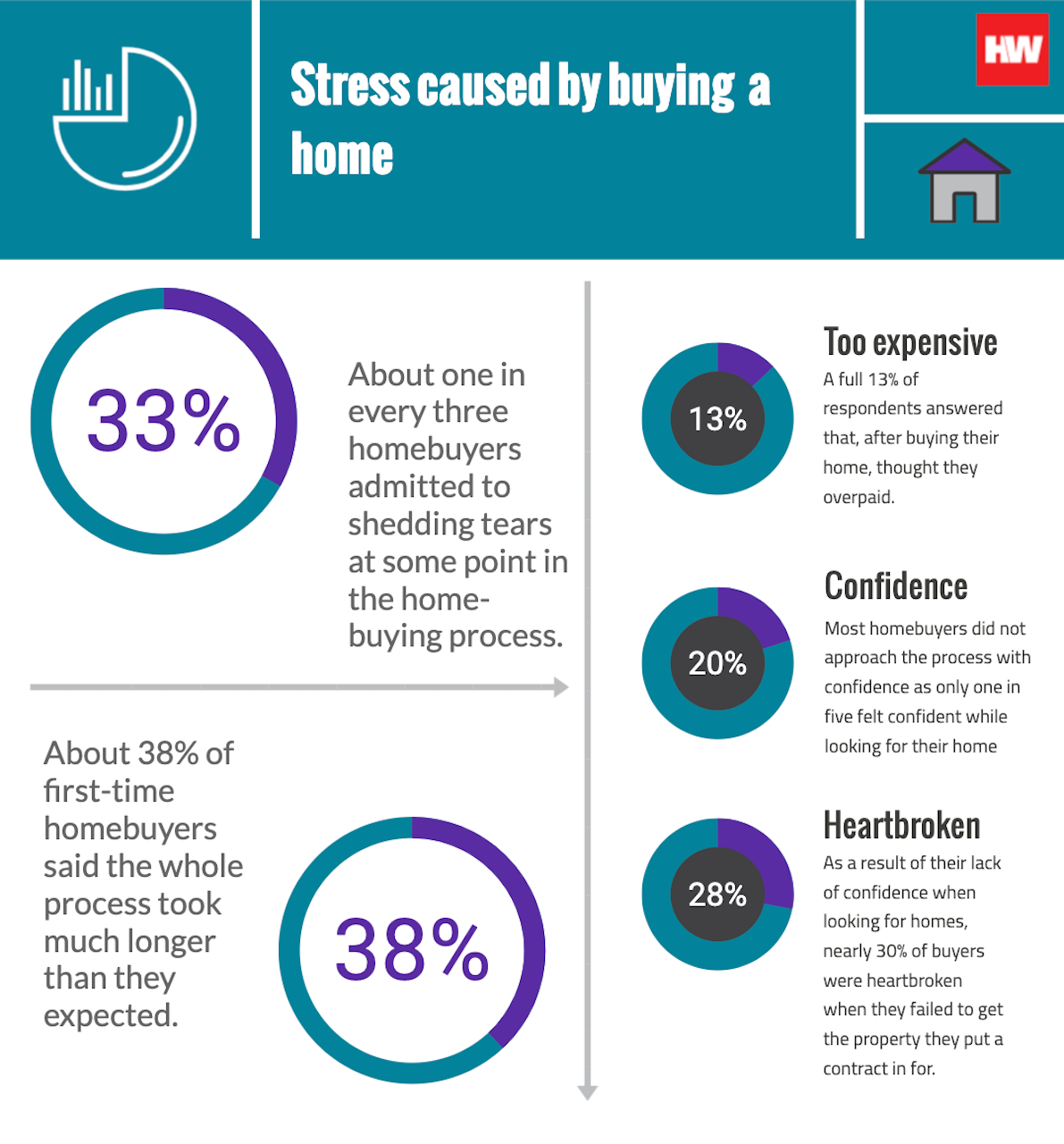Marketing & Sales
Transparency's Path To Trust Puts Data To Work On Buyer Experience
Zeroing in on part of the pain in residential real estate and construction's building lifecycle -- lack of transparency -- a new combination seeks to apply proptech data solutions.

We've gotten up to speed. FOMO is fear of missing out. YOLO is you only live once.
What about FOLD? Fear of looking dumb. Or FOBPAAS? Fear of being played as a sucker.
Get this, on The New Fear and Greed.
The type of fear that now drives most market activity (because it drives most market participants) is something different than the fear we’ve been accustomed to from reading about history. I would label this type of fear Insecurity. The fear of being left behind and looking like a fool. It’s no surprise that Have Fun Staying Poor or #HFSP has become one of the most enduring memes of the moment we’re in now. It’s the anti-Keep Calm and Carry On. Whenever you see people doing inexplicable things with their capital in the markets these days (public or private), the explanation is not as far from your grasp as you might think. Insecurity is probably the answer.
Showman P.T. Barnum gets credit for saying, "There's a sucker born every minute." Barnum is lionized as a marketing genius, a canny reader of consumer psyche and the great power of magical thinking over our buying behavior.
As customers of things, like durable and nondurable assets, and experiences, and services – however still prone we are to flimflammery and sleight of hand – we've evolved, in some ways, in our skepticism.
Fact is, if you're in the market to buy either a home, the most expensive consumer durable most of us ever purchase, or a tract of land as a land acquisition professional, or an order of windows, or shear wall, or any other building material, product, process, or labor as a purchasing director, none of us would choose to be taken for a sucker.
There may be a sucker born every minute. There are a bunch of us out there – especially in light of the challenges around data, technology, privacy, and such – who are good and sucker-phobic.
Here's a slide that everyone selling – whether it's new homes, new communities, or any part of the real estate and construction building lifecycle "value chain" – should take a good look at, from the 2021 Edelman Trust Barometer.

Now, how this applies right now should be clear.
- Demographics of the 2020s mean a lot of people – 11 million or so more adults, in fact, and many of them for the first time – will need homes and communities to live in, rent, or own.

- Consumers have money to spend, including a reported trillions of dollars they're "hoarding" since the onset of the pandemic.
- Investment capital – good and gummed up in many asset classes whose current business and economic prospects range from uncertain to bleak in the middle-innings of the pandemic era – is a deluge for residential investment, as one of Wall Street's best proxies for a safe haven.
Together, these conditions do what?
They create either opportunity or challenge for enterprises, like yours. Firms that thrive or perish in the trust business – which is where homebuilders, developers, investors, and all their partners subside, whether or not they believe it – are either building that trust capital, treading water, or eroding it.
When the playing field tilts in your favor, that's when it's critical to get that all those customers sliding into your lap because they can't help it – gravity's tugging that way – may not be glad about it. Insecurity goes with that turf.
Each time a customer in real estate or construction's value chain feels they're at a disadvantage – like they're out of the loop, or getting caught in the "fine print," or experiencing the sense of a switch-pitch – anywhere in the complex flow of processes, materials, resources, hand-offs, course-corrections, re-estimates, etc. that occur in the buyer's journey, they experience insecurity, in the "insecurity-is-the-new-fear" sense.
It erodes the confidence and trust a simple compact should safeguard. So, whether what you sell is a land deal, an homebuilding entity, a project, an order of six to 10 windows for 50 new homes, or a new home itself, you can bet that people on the other side of the transaction – customers – feel insecure.
For instance, per a Housingwire report:

Many Americans, about 40%, say buying a new home is the most stressful event in modern life, according to a survey of 2,000 Americans by Homes.com. Another 44% said they felt nervous throughout the home-buying process.
Going forward, that stress, insecurity, fear of being taken advantage of as a sucker, is not likely to subside, even as many households move from dreams, to inspirations, to aspirations, to motivations, to engagement on their homebuying journey.
This is why technology and data's roles as forces of transparency are critical in the shift of transaction to trusted relationship. Transparency is the five-dollar word for one simple idea:
Say what you mean, mean what you say, and do what you say you’ll do.
This is where a newly merged proptech combination – New Hope, PA-based Cecilian Partners with Raleigh, N.C.-based BrightDoor – proposes to apply a new solution in customer data management and visualization technology: To reduce insecurity and stress from end-to-end in residential real estate and construction's building lifecycle.
Speaking of the new combination, announced last week, Cecilian co-founder John Cecilian notes:
The number one challenge that we get to address with our acquisition of BrightDoor's valued CRM software platform is a single-source of truth predicated on transparency, so that developers, builders, and homebuyers can each thrive in an enhanced experience. Today, this industry is filled with 5×7 note cards with customer information, paper maps to manage anti-monotony, and an intensive monthly reporting process done by an analyst cleansing and chasing data.
The second is that even when existing systems work well, they still don’t talk to each other. Those systems may be helping in spots, but they are also creating more data silos.
That manual interaction and lack of connectivity is driving bad data, lots of unnecessary cost and complexity, a prolonged and painful customer experience, and ultimately it’s hamstringing the investment in larger technology platforms.
Addressing this challenge requires a tailored solution that is specific to this industry. It should link developers and builders, automate the manual processes, and be the connective tissue between customer, marketing, and operations data and systems.
Cecilian notes that the combination now comprises an integrated platform to manage up to 100 masterplan communities in North America. It will serve as an automated reporting engine, aiming to reduce friction and stress between developers and builders. At the same time, it improves and enhances consumer-facing user experience, giving customers a transparent look into inventory and options, and enables a faster, less painful sales process. Together with BrightDoor's CRM and MPC mapping, the combo elevates interactive customer experience solutions that manage lots and builder inventory with detailed data-driven consumer analytics long desired by master plan community developers and homebuilders, all backed by a team focused on service and training. Cecilian Partners’ flagship software platform, dubbed ‘The XO’ (customer experience meets operations data), transforms how community developers and builder partners work together, and how customers experience the home buying process.
We are working in a business where trust and confidence are a challenge," says Cecilian co-founder and CSO/ Phil Worland. "Our industry, second only to used car sales, is among the least-trusted businesses, and that's because people from end-to-end in real estate and building's value chain don't feel like they're getting real information. This is where proptech has opportunity – to remove the opacity and have people at each stage get what they're looking at and getting told they're going to get."
Join the conversation
MORE IN Marketing & Sales
When Homebuyers Pull Back, Builder Brands Must Step Up
In markets under stress, consistency, empathy, and value-driven messaging provide builders with a critical edge among today’s cautious buyers. Advisor Barbara Wray gets real about the path forward for homebuilders today.
What Separates Homebuilders Thriving Amidst 2025’s Chaos
Builders face rising stakes to unify tech, data, and operations or risk falling behind amid affordability, insurance, and labor challenges.
Here's Why Randy Mickle Has Joined Drees At This Moment
The new Southeast Regional President brings big, national builder experience to a multigenerational homebuilder with bold goals for its centennial.
